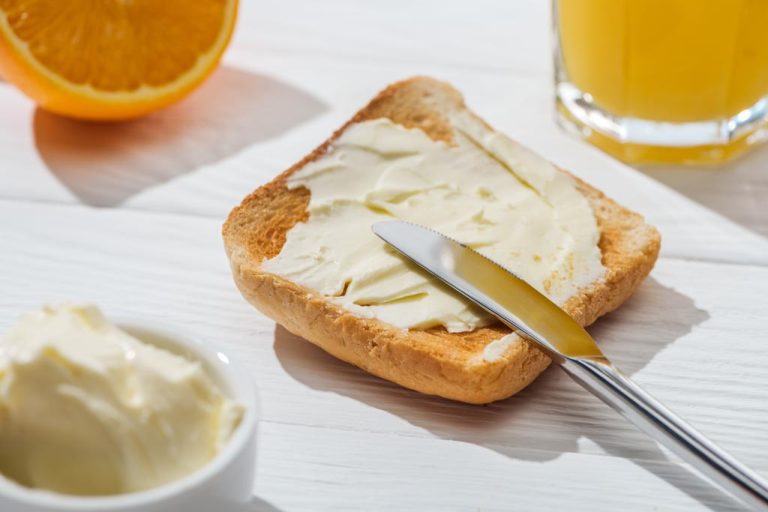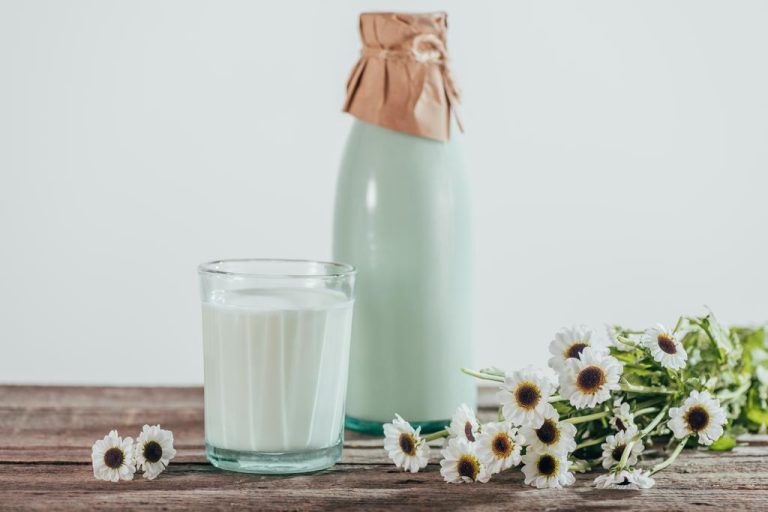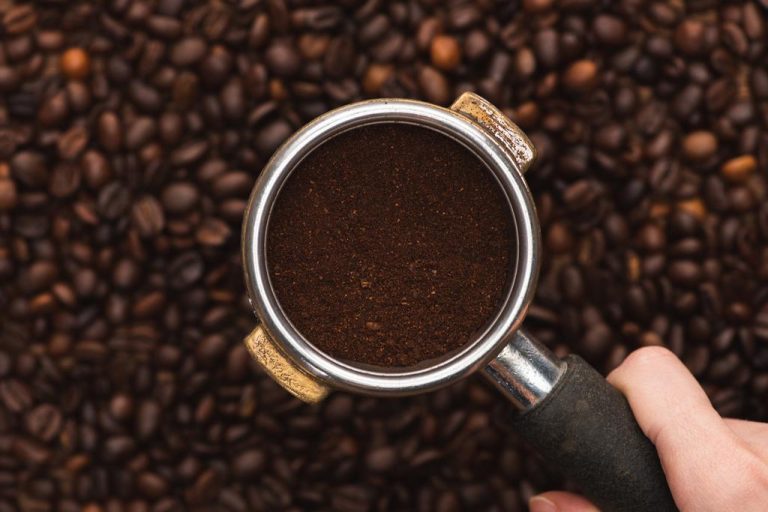Coffee is well-known and proven as a pick-me-up. But the black broth is slowly getting green competition. Matcha not only contains caffeine but also has an energizing effect. We compared the two pick-me-ups.

Coffee and matcha have one thing in common, they both contain caffeine. But the stimulating substance works in very different ways. The caffeine in coffee has a quick and strong stimulating effect. You feel awake and fit after a very short time. However, this effect wears off after a relatively short time. Some people then feel a typical coffee nervousness.
Caffeine works differently in matcha, the ground green tea from Japan. The reason: is the different release of the alkaloid. Caffeine from tea is bound to polyphenols, so the caffeine is only released in the intestine. The effect: the effect occurs later and lasts longer. The caffeine in coffee, on the other hand, is bound to a chlorogenic acid-potassium complex. This releases caffeine immediately after roasting and contact with stomach acid. The effect: the caffeine works faster.
Matcha can also help to increase concentration, there is no nervousness as with coffee consumption.
On the following pages, we have compared coffee and matcha again with regard to certain points such as tolerability, effects, and health.
Our summary of the duel can be found on the last page.
Conclusion

Matcha scores with its health benefits and long-lasting effects. Coffee junkies probably won’t go without their morning “black brew,” but everyone else should definitely try Matcha. Many coffee shops now offer green tea as Matcha Latte. But Matcha can also be easily prepared at home with a so-called Matcha whisk.















